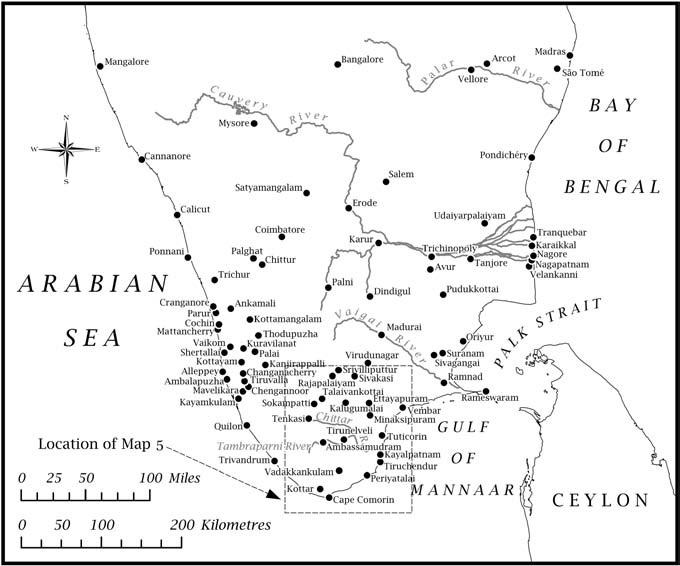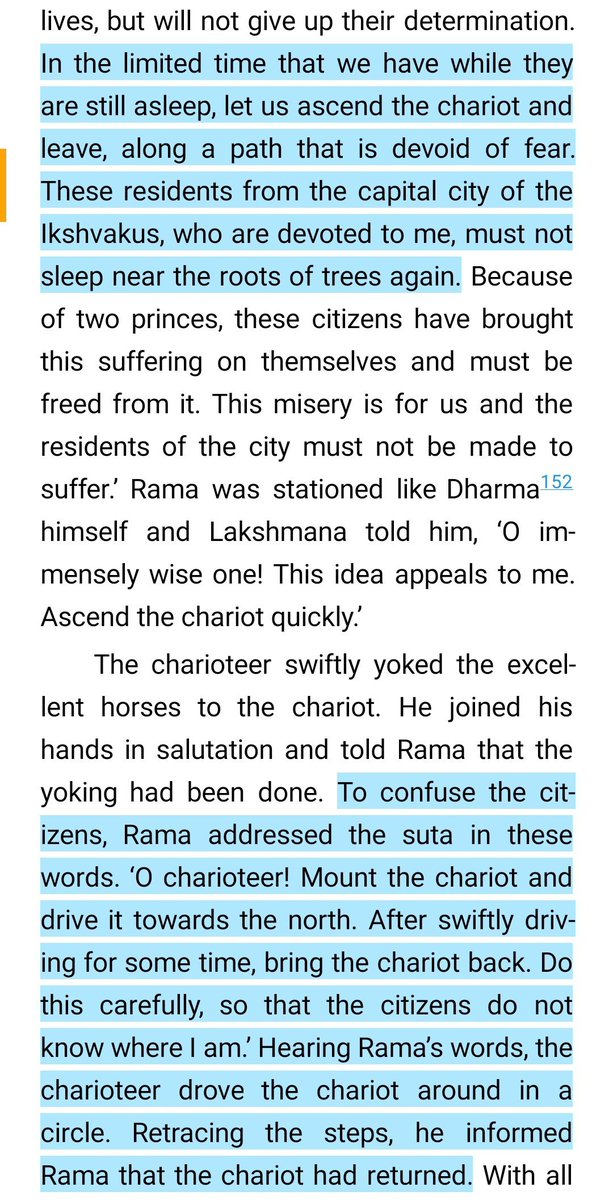Today is #KandhaSashti – the Soorasamharam day when Lord Muruga slays Soora Padman.
It happened at #Tiruchendur , a Padai Veedu, battle camp.
Did you know that Tiruchendur was also a battle camp for the Dutch in 1649 who stolë the temple idols?
(A thread)

It happened at #Tiruchendur , a Padai Veedu, battle camp.
Did you know that Tiruchendur was also a battle camp for the Dutch in 1649 who stolë the temple idols?
(A thread)


Aganaanooru, Puranaanooru, Silapadhikaram mention Tiruchendur.
Since Muruga won over Sooran here & did Jayanthi Abishekam, this town was called Jayanthi.
Jayanthi became Sendhi & Sendhi became Thiru-Sendhoor overtime.
Why did this town become a center of conflict b/w invaders?
Since Muruga won over Sooran here & did Jayanthi Abishekam, this town was called Jayanthi.
Jayanthi became Sendhi & Sendhi became Thiru-Sendhoor overtime.
Why did this town become a center of conflict b/w invaders?

Because of its location.
It was just 9km south of Kaayalpatnam, where Dutch had opened their factory in 1645.
However, Portuguese who were a force to reckon in the 17th century, captured Kayalpatnam and forcibly departing the Dutch to Ceylon by 1648.

It was just 9km south of Kaayalpatnam, where Dutch had opened their factory in 1645.
However, Portuguese who were a force to reckon in the 17th century, captured Kayalpatnam and forcibly departing the Dutch to Ceylon by 1648.


Thirumalai Nayak, the Madurai ruler, favored the Portuguese (Parangiyar) over the Dutch (Ulaandhargal), which enragëd the Dutch.
They decided to capturë Tuticorin, a Portuguese stronghold & put forth a plan.
Tiruchendur would be their base camp for carrying out this expëdition.
They decided to capturë Tuticorin, a Portuguese stronghold & put forth a plan.
Tiruchendur would be their base camp for carrying out this expëdition.
On Feb 1649, a fleet of 10 vessels set sail from Galle under Gov.Maetsuycker.
The expeditionary force setup a base of operation at the Tiruchendur shore temple .
They fortified the temple & used it as a garrison. The Gold & silver of the temple was freely lóóted by the soldiërs.

The expeditionary force setup a base of operation at the Tiruchendur shore temple .
They fortified the temple & used it as a garrison. The Gold & silver of the temple was freely lóóted by the soldiërs.


Stone images in the temple were mutilated by iron hammers.
The gopuram was attempted to be tórched.
Von Der Behr, a sóldier has documented in his travel accounts that:
"When they left the temple, it looked more like a pigsty (an enclosed area where pigs are kept) than a temple"
The gopuram was attempted to be tórched.
Von Der Behr, a sóldier has documented in his travel accounts that:
"When they left the temple, it looked more like a pigsty (an enclosed area where pigs are kept) than a temple"

M. Rennel, French author of "A Description, Historical and Geographical of India" writes:
"The Dutch halted in the temple & on leaving did their best to destroy it by fire & by a heavy bombardment.
But they only partially succeeded & the tower defied all their efforts."
"The Dutch halted in the temple & on leaving did their best to destroy it by fire & by a heavy bombardment.
But they only partially succeeded & the tower defied all their efforts."

A truce was achieved, and the Dutch decided to take away the idols of Shanmukhar and Natarajar from the temple assuming they were made of gold.
Their attempt at melting it proving futile, so they tried to carry them away by sea to Ceylon.

Their attempt at melting it proving futile, so they tried to carry them away by sea to Ceylon.


What happens next is based out of oral traditions of the local legend.
The sea suddenly grew boisterous, and rocked the ship violently.
Frightened that the idols had caused the bad weather, the Dutch sailors dropped the murtis into the ocean.
The sea suddenly grew boisterous, and rocked the ship violently.
Frightened that the idols had caused the bad weather, the Dutch sailors dropped the murtis into the ocean.

The loss of idols was informed to Vadamalaiyappa Pillaiyyan, a local administrator of the Nayak at Tirunelveli.
A great devotee, Pillaiyyan was sorely affected & ordered for a similar idol to be made in panchaloka.
After 4 years, Pillaiyyan had a dream that changed everything.
A great devotee, Pillaiyyan was sorely affected & ordered for a similar idol to be made in panchaloka.
After 4 years, Pillaiyyan had a dream that changed everything.

Muruga himself appeared on his dream to instruct that the idol was to be found at the spot where a lemon would be floating & marked by the overhead circling of a Garuda.
Miraculously, Pillaiyyan recovered the original idol from the spot mentioned & reinstalled it in 1653.

Miraculously, Pillaiyyan recovered the original idol from the spot mentioned & reinstalled it in 1653.


One version mentions that the idols were purchased back from Dutch for 1 lakh reals.
This is clear: Tiruchendur was bereft of its deities for 4 years from 1649-53
Venrimaalai Kavirayar has documented it in a song:
"These 4 years, Tiruchendur looked like a sky without its moon"

This is clear: Tiruchendur was bereft of its deities for 4 years from 1649-53
Venrimaalai Kavirayar has documented it in a song:
"These 4 years, Tiruchendur looked like a sky without its moon"


Today in Tiruchendur, Soorasamharam will be recreated in grand fashion with lakhs of public in attendance.
Interestingly, in this samhara, Sooran is not k!llëd but transformed.
Sooran conceals himself as a tree & is cut by Muruga's vel, to transform him into a peacock & rooster.

Interestingly, in this samhara, Sooran is not k!llëd but transformed.
Sooran conceals himself as a tree & is cut by Muruga's vel, to transform him into a peacock & rooster.


The peacock becomes his vehicle &the rooster becomes his flag.
Muruga has slain the ego, the arrogance that is so prevalent.
The ego is now transformed into subservient vehicles of the divine.
May Skanda perform it in the heart of every devotee eternally.
Vetrivel, Veera Vel!
Muruga has slain the ego, the arrogance that is so prevalent.
The ego is now transformed into subservient vehicles of the divine.
May Skanda perform it in the heart of every devotee eternally.
Vetrivel, Veera Vel!

Sources:
1. tiruchendur.org/dutch.htm
2. Encounters on the opposite coast by Markus Vink
Link: amzn.to/3Nl1jaf
1. tiruchendur.org/dutch.htm
2. Encounters on the opposite coast by Markus Vink
Link: amzn.to/3Nl1jaf
If you liked this thread, please tag and share it with your friends.
Follow @labstamil for more such well-researched content.
RT the first tweet in this thread to help us reach more audience:
Follow @labstamil for more such well-researched content.
RT the first tweet in this thread to help us reach more audience:
https://twitter.com/labstamil/status/1586688543757402115?s=20&t=xh0mzJS1qP6i4PW4Gji8Xg
@krithikasivasw @vaitheek @jananisampath @tskrishnan @karthikgnath Kindly amplify this thread on Tiruchendur history, Nandri :)
• • •
Missing some Tweet in this thread? You can try to
force a refresh






















